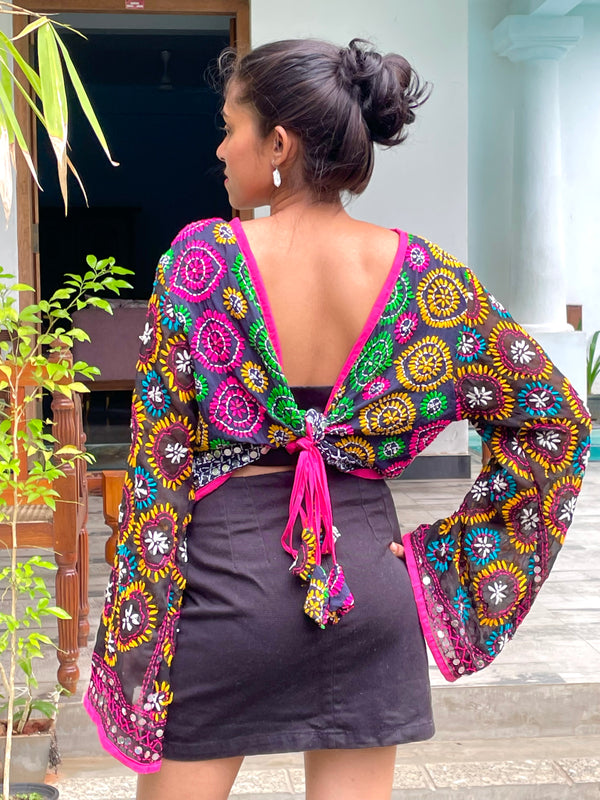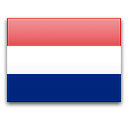DIRE - Hand Beaded Hamer Jewelry- Rosa Tribal Headband
Introducing our newest addition of collaborative work with indigenous artisans, hand beaded jewelry made from glass beads and recycled plastic bags.Meet Dire, the Hamer Tribe artisan we worked with in South Omo, Ethiopia. (Pictured in third photo)
In the winter of 2019 we went on a journey to Ethiopia where we spent time with the tribes in South Omo on the border of Kenya and South Sudan. There, we came across some extraordinary cultures and beautiful people. We were met with an inspiring way of life, simple and authentic.
Dire is an indigenous woman of the Hamer tribe whom we met during this adventure. She is a mother, an integral part of her community, and an artist of the tribal jewelry they wear. She makes her own designs to sell at the market to trade with other people but we started a partnership with her in collaborating in new and different designs. These pieces are newly created by Dire with our choice of colors and materials. All beads are made from glass and not plastic, the strands are beaded on braided re-used plastic bags.
Dire takes plastic filaments from a giant industrial plastic bag and beads them in several rows to create a vibrant colorful band. She braids the combining threads and locks the ends with an assortment of the same colored beads.
Dire lives the simple life, she has her family, access to potable water, freedom from the problems of the outside world and has little to no need for material wealth. However, with our collaborative work she gains a sense of pride for her artistry, she is able to buy more cattle for her family and retain some financial independence for their future.
Fall in love with the Hamer tribe culture and the electric colors used to make these special pieces. These headbands are spectacular works of art that can be worn as a belt as well. They can also get wet, they are well made with quality materials.
Take yourself slightly into their world by wearing their artistic creation, handmade specifically for you so you gain appreciation and knowledge of who they are.
MEASUREMENTS:
BAND WIDTH: 1 1/2"
LENGTH: 34"
.
Learn more about the Hamer tribe below
The Hamer, or Hamar, are an Omotic community inhabiting Southwestern Ethiopia. They inhabit the territory east of the Omo River and have villages in Turmi and Dimeka. They have a population of 46, 532 people in this ethnic group, of whom only 957 are urban inhabitants. They are known for their practice of body adornment and wearing a multitude of colorful beads which makes them visually so beautfiul. Women adorn their necks with heavy polished iron jewelry representing if they are married or are the second wife. The Hamer men are adorned in spectacular beaded jewelry from head to toe although they have a reputation of being less than adoring husbands.
There is a division of labor in terms of sex and age. The women and girls grow crops (the staple is sorghum, alongside beans, maize and pumpkins).
They’re also responsible for collecting water, doing the cooking and looking after the children-who start helping the family by herding the goats from around the age of 8.
The young men of the village work the crops, defend the herds or go off raiding for livestock from other tribes, while adult men herd the cattle, plough with oxen and raise beehives in acacia trees.
The women run the household and submit to the ritual floggings proudly and love to show the deep scars that are regarded as a proof of devotion to their husbands. The Hamer live off the land and have 0 to little material wealth. Cattle and goats are at the heart of the Hamer life. Often families will pool their livestock and labor to herd their cattle together. In the dry season, whole families go to live in grazing camps with their herds, where they survive on milk and meat from the cattle. They provide the cornerstone of a household's livelihood; it's only with cattle and goats to pay as 'bride wealth' that a man can marry after bull jumping of course.















